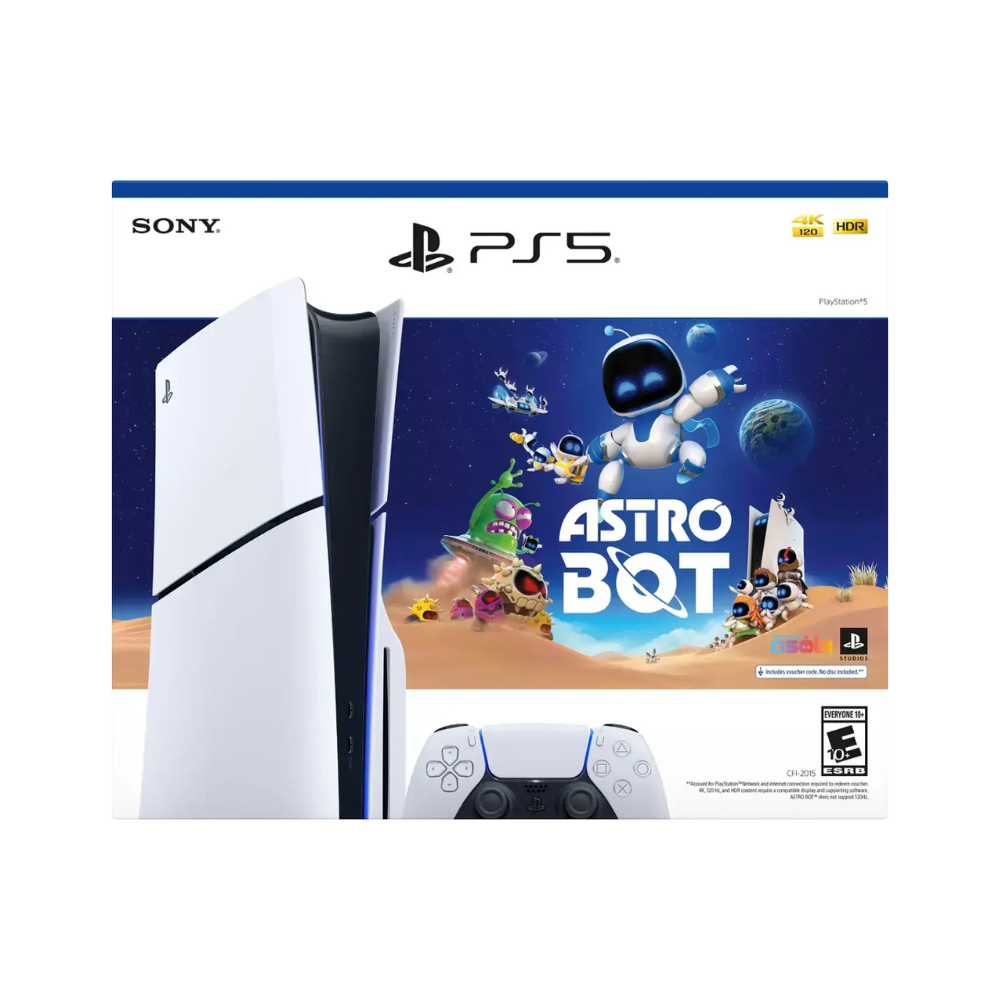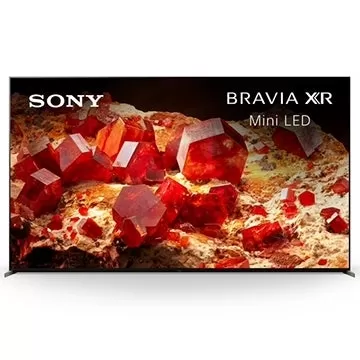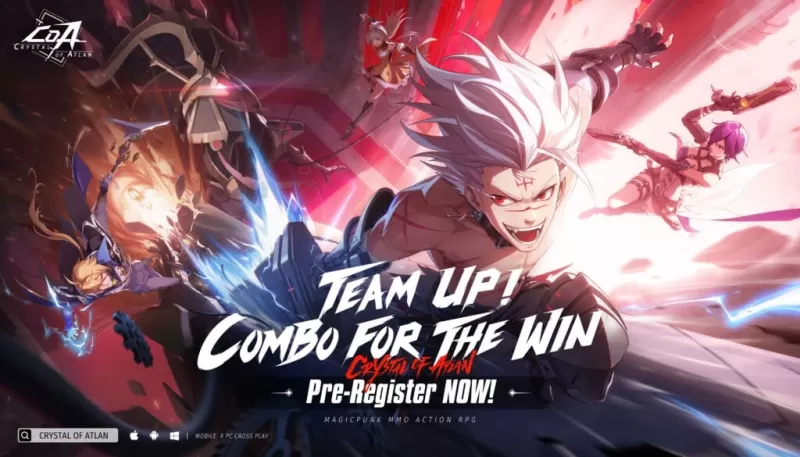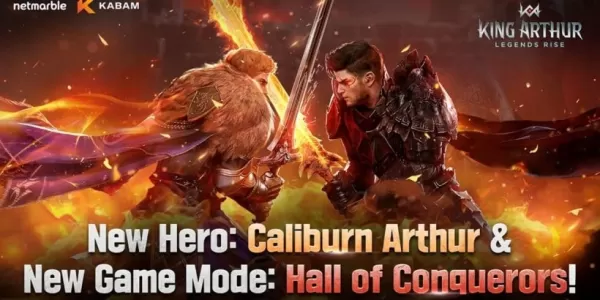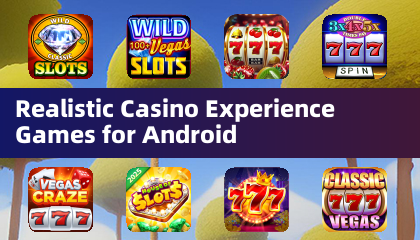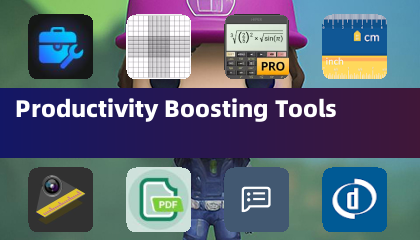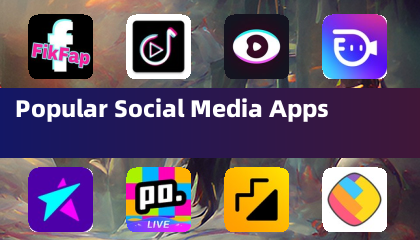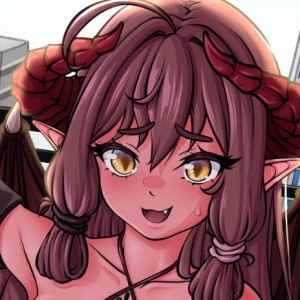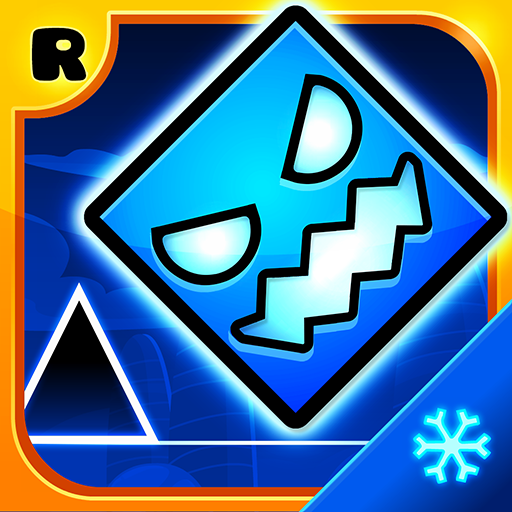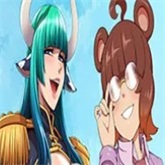At the start of April, Nintendo's highly anticipated Switch 2 Direct event concluded with a sense of unease. The showcase dazzled with a range of exciting new features and an impressive lineup of upcoming games, but it conspicuously omitted one crucial detail—the price. Fans' apprehension about a potential price increase was quickly validated when Nintendo announced on the newly launched Switch 2 website that the console would be priced at $449, a $150 hike from the original Switch's $299 launch price. The combination of the withheld price information and the revelation that the flagship launch title, Mario Kart World, would cost $80, sparked both outrage and concern about the console's market performance.
Some Nintendo enthusiasts, still reeling from the disappointment of the Wii U era, immediately expressed pessimism, fearing that the elevated price would limit the number of potential buyers and plunge the company into another slump. After all, why would consumers opt for a $450 console, essentially last-gen technology, when they could spend a similar amount on a PS5 or Xbox Series X? However, these fears were soon allayed by a Bloomberg report forecasting the Switch 2 to have the most successful console launch ever, with projected sales of 6-8 million units. This would shatter the current record of 4.5 million units held by the PS4 and PS5. Despite its higher cost, the demand for the Switch 2 is evidently strong, a trend consistent with historical console launches.

While the Switch 2 is not inexpensive, it aligns with the pricing of its competitors. Looking back at Nintendo's biggest failure, the Virtual Boy, we can glean insights into why the Switch 2 is poised for success. Launched two decades ago, the Virtual Boy was Nintendo's first and only foray into virtual reality. Despite the allure of VR, the technology in 1995 was not ready for widespread adoption, and the Virtual Boy fell short of expectations. It required users to hunch over a table to view games through a red-tinted viewport, and it was notorious for causing headaches. The device failed to deliver the immersive experience that consumers envisioned, resulting in poor sales.
In stark contrast, the Switch 2 is more akin to the Wii, which introduced highly functional motion controls and revolutionized gaming. The Wii's innovative approach broadened the gaming audience, appealing to a wide demographic, from children to seniors. The enduring popularity of motion controls in Nintendo's subsequent consoles, exemplified by games like Pikmin and Metroid Prime, underscores the Wii's lasting impact.
Creating a desirable console is not unique to Nintendo; Sony's PlayStation 2, with its DVD playback capability, was a must-have in the early 2000s. However, when Nintendo succeeds, it does so spectacularly. The original Switch's seamless transition between handheld and console modes was groundbreaking and remains popular. The primary criticism of the original Switch, aside from Joy-Con drift, was its limited processing power, which the Switch 2 addresses effectively. While not as revolutionary as its predecessor, the Switch 2 offers what gamers want.
The Switch 2's pricing is consistent with that of its competitors. The Wii U's failure was not just about unappealing hardware but also a lack of compelling games. Its launch title, New Super Mario Bros. U, was part of a series that felt repetitive, failing to entice buyers. Other flagship titles like Donkey Kong Country: Tropical Freeze and Super Mario 3D World, while successful on the Switch, did not initially draw in consumers due to their lack of innovation. The Wii U lacked the standout game that could drive sales, unlike the Wii's Wii Sports or the Switch's Zelda: Breath of the Wild.
In contrast, the Switch 2 not only carries forward a robust library from the previous generation but enhances the gaming experience with graphical upgrades and new content. The launch game, Mario Kart World, reinvents the series with an open-world format akin to Forza Horizon, offering a fresh take that could entice players away from Mario Kart 8 Deluxe. A month after the Switch 2's release, Nintendo will launch the first 3D Donkey Kong game since 1999, drawing inspiration from Super Mario Odyssey. Furthermore, in 2026, an exclusive FromSoftware game reminiscent of Bloodborne will be available. Nintendo has provided multiple compelling reasons for gamers not to skip this generation.
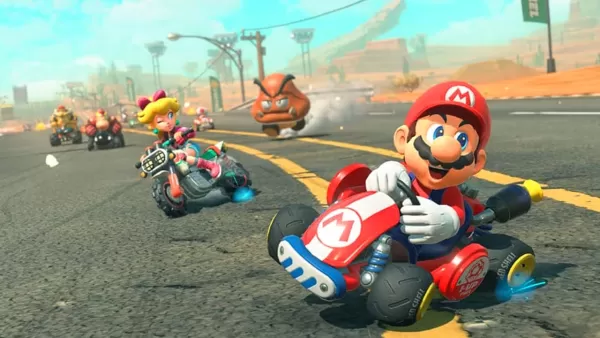
Price is always a key factor in purchasing decisions, and the Switch 2 is undeniably a luxury item, particularly in today's economic climate. However, its pricing is in line with that of the PS5 and Xbox Series X. While some might argue that the Switch 2's hardware should place it in a lower price category, akin to the Xbox Series S, it's essential to recognize Nintendo's unique value proposition, which extends beyond raw performance.
The PS3's high launch price of $499 to $600 ($790 to $950 adjusted for inflation) in 2006 negatively impacted its sales, driving consumers to the more affordable Xbox 360. In 2025, the Switch 2's price, while high, is not unprecedented; it's the industry standard for flagship consoles.
Nintendo's distinct position in the gaming industry stems from its ability to create games that set industry standards, and consumers are willing to pay a premium for this experience. However, the Switch 2's price is not a premium compared to its competitors; it's in line with market expectations. Although it may not match the PS5's power, the Switch 2 offers the technology and games that consumers crave. There are limits to what people will spend, and if game prices continue to rise, Nintendo might encounter resistance. Currently, though, the Switch 2 meets the industry benchmark, a price point that has proven successful with over 75 million PS5 units sold.



 LATEST ARTICLES
LATEST ARTICLES 